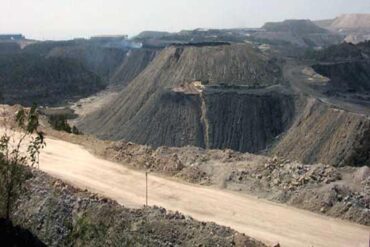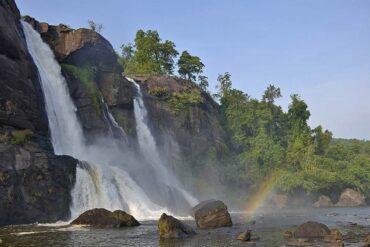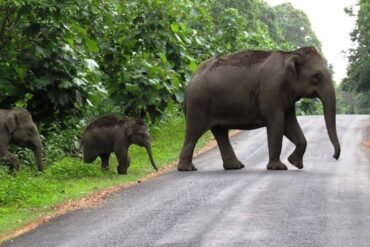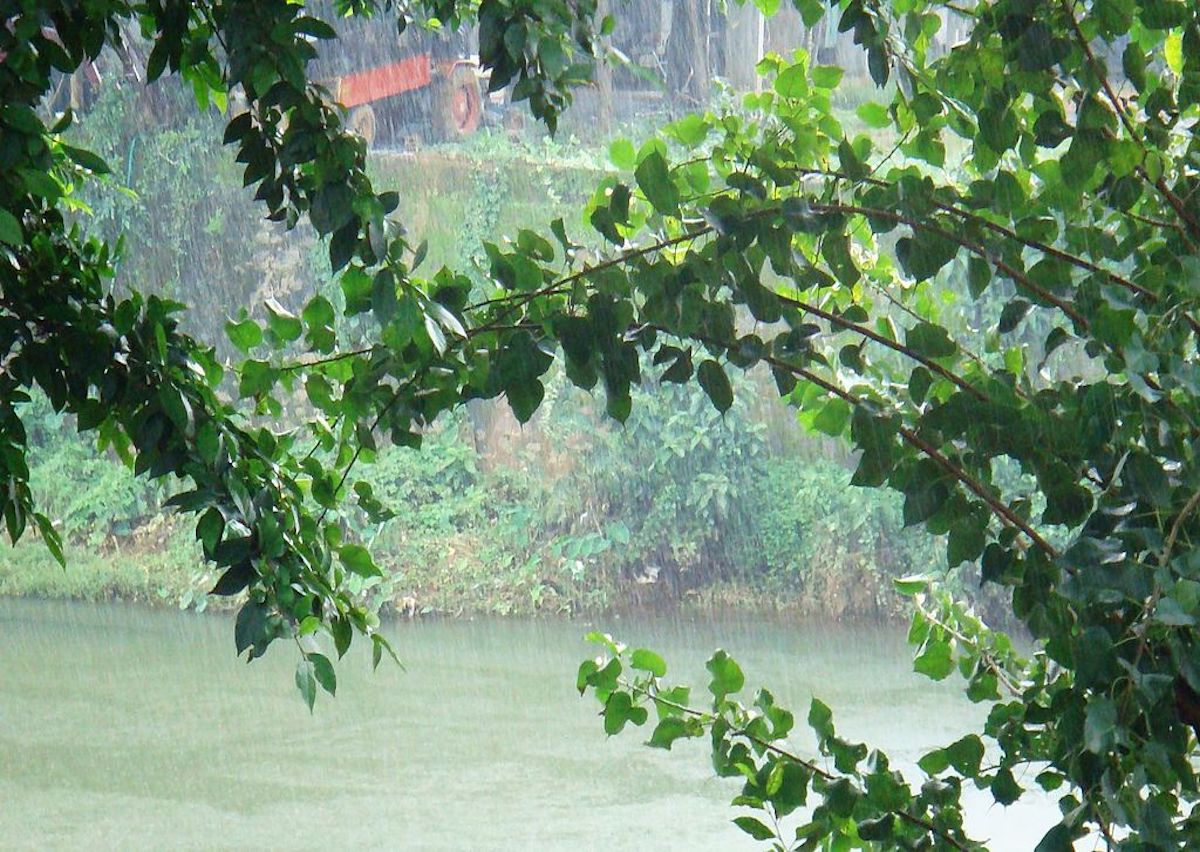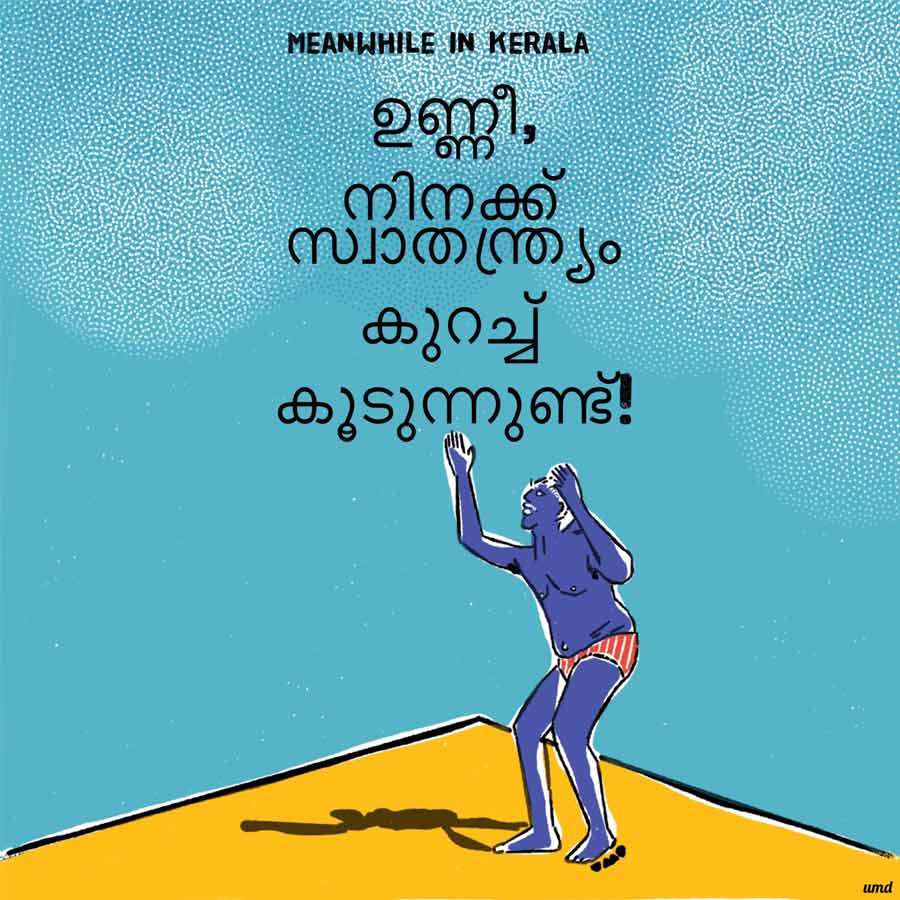The past few weeks have definitely been a giant see-saw as far as the weather is concerned. If you, like me, have already been stocking up on sambharam and orange juice, you too, are feeling the heat, not to forget the humidity that accompanies it and have been taken by surprise by the the bouts of rain. While during Shivaratri, the weather usually should be pleasant with showers, it was searing hot and the week after that saw heavy rainfall with thunder and lightning. What caps it all, is that sporadic power cuts and water cuts have already been taking place in a few suburbs in the city that usually experiences this during peak summer or April- May.
Here’s taking a closer look at what’s been happening with the weather. “This summer is hotter. Summer showers, have been normal, but the temperatures have certainly increased. The prediction for the summer is higher temperatures and more showers as and when the the humidity increases.,” S Sudevan, Director, Indian Meteorological Centre, Trivandrum.
At the event of facing a drought, the CM, Pinarayi Vijayan had said in November 2016, he wanted to try out cloud seeding to stimulate rainfall. The announcement also met with support from the opposition. The decision had come from reports of successful cloud-seeding carried out in the UAE. States like Maharashtra and Karnataka have previously implemented cloud seeding successfully. With drinking water becoming scarce, the government was also keen to try other options like desalinising sea water.
Cloud seeding or the method of stimulating precipitation by ‘seeding’ clouds with chemicals like silver iodide, dry ice or potassium iodide has been previously tried out in Kerala, but was unsuccessful. It was tried out previously in ’89 and ’94. “For cloud seeding to be successful, the atmosphere should have clouds. Presently our atmosphere lacks clouds and there’s due to shortage of wetlands and hilly areas, there’s nothing to stop or make the clouds stay for condensation to take place,” says Dr Ajaykrishnan, environmental scientist, Directorate of Environment and Climate Change, Kerala.
According to him, global warming alone cannot be blamed for the shift in weather. “Three factors are mainly contributing to the soaring temperatures. Formation of hot water currents in coastal areas, lesser wet lands and hilly areas that acts help cloud formation and make them stay and create rain and concrete construction that use glass panes, which cause the local temperatures to rise to a certain extent. These hot water currents along with wind formation increases pressure in the temperature which has caused high amount of rains than usual this March,” he explains.
Nearly three years ago in 2014, Kerala faced a similar heat wave making districts like Alappuzha, Wayanad, Idukki and Palakkad vulnerable to natural disasters like floods and drought. It was projected that as per climate change estimates a rise in temperature across Kerala 2 degrees Celsius by the year 2050. Number of rainy days too, are likely to decrease along the western coast and western ghats. Also, if the sea level rises by another meter, 169 sq km of the coastal region surrounding Kochi would be swamped. This could affect heat-sensitive crops like cardamom, coffee and pepper.
In the animal husbandry industry, the result could be a new range of livestock diseases due to macro parasites and other bacterial and viral infections due to the climate change. Farming in the Kuttanad area could be affected due to rising water levels too. In 2013 and 2015, Kochi faced some severe flooding and landslides causing many homes to be destroyed and leaving behind many casualties. The airport too, remained shut affecting close to 25 flights and leaving passengers stranded. It affected incomes of the poor fishermen and farmer community due to crops destroyed in the floods and fishermen were asked not to venture into the sea at least for two days following the calamity.
The CPI(M)-led LDF government headed by CM Pinarayi Vijayan hopes to give momentum to the Action Plan on Climate Change project, the CM announced in November 2016. The aim is to better prepare the state to face the adverse effects of climate change. The CM said that the government hopes to take rectifying steps and conserve paddy and wetlands. The government also plans to conserve water bodies, reclaim contaminated water sources and intensify afforestation as part of the drive in the the view that climate change is a larger problem that affects the health and life of people and is no longer just an environmental issue. Further activities will be planned on the basis of studies done by the State-run Institute of Climatic Change Studies.
According to Dineshan VP, senior principal scientist, Centre for Water Resources Development and Management (CWRDM), “It is great that we have been getting good rains since last two weeks. The projected rain for this summer is 450mm. even if we meet or surpass this, we need to make sure that enough water is conserved for the long run. For this we propose river storage in form of regulators of barrages. We also urge those who take water for daily use from wells, to recharge their wells by collecting water from rooftops during rains and filtering it for later use. The idea is not to let rain water drain directly to the seas and retain it longer for later use. Each individual can limit the use of fresh water by consciously stopping wastage of water. The amount of water used by an individual has gone up from 135 litres to 400 litres a year! If we cut down on usage of water for bathing, hand wash and simply turn off the pipes after each use, it will make a huge difference.”
Well, it looks as though matters are in our hands- literally! So let’s stop contaminating our fresh water resources and opt for eco-friendlier ways to conserve and protect our natural resources.
Image courtesy: By Devanshy at Malayalam, CC BY-SA 2.5 via Wikimedia Commons

